Table of Contents
A Nostalgic Aroma That Fills the Kitchen
Imagine this: It’s a cozy afternoon, and the scent of a freshly baked cake drifts through your kitchen, wrapping you in warmth and comfort. You take a slice—moist, fluffy, with a slight tang that perfectly balances its sweetness. What’s the secret behind this irresistible texture and taste? Kefir.
For centuries, this fermented dairy product has been a staple in many cultures, known not only for its health benefits but also for its ability to transform baked goods. If you’re looking for a simple, foolproof cake recipe that’s both delicious and wholesome, then a kefir sheet cake is exactly what you need.
Why You’ll Love This Recipe
✅ Easy to Make – Uses everyday ingredients with simple steps.
✅ Perfectly Moist & Fluffy – Kefir enhances the texture like no other ingredient.
✅ Versatile – Enjoy it plain, dusted with powdered sugar, or topped with frosting.
✅ A Healthier Dessert – Packed with probiotics and nutrients from kefir.
What Makes Kefir Special in Baking?
Kefir isn’t just another dairy ingredient—it works magic in baking. Here’s why:
| Benefit | How It Helps in Baking |
|---|---|
| Light & Airy Texture | The acidity reacts with baking soda, creating a soft crumb. |
| Moistness | Keeps the cake fresh for days without drying out. |
| Subtle Tang | Balances sweetness and adds depth of flavor. |
| Nutrient Boost | Rich in probiotics, calcium, and vitamins |
Ready to Bake? Let’s Get Started!
In the next sections, you’ll find:
- A simple step-by-step guide to making the perfect kefir sheet cake.
- Ingredient breakdown with tips on substitutions.
- Creative variations to customize your cake.
So, grab your mixing bowl, preheat the oven, and let’s bring this delicious cake to life! 🍰
Ingredients for kefir sheet cake
One of the best things about the kefir sheet cake is its simplicity. The recipe calls for everyday pantry staples, making it both convenient and approachable. However, it’s the thoughtful combination of these ingredients that creates a cake that’s light, moist, and bursting with flavor. Let’s break down what you’ll need to create this delightful dessert.
Essential Ingredients
Each ingredient plays a vital role in achieving the perfect texture and taste. Here’s what you’ll need:
- All-Purpose Flour
The backbone of any cake, all-purpose flour provides structure and stability. Its neutral flavor allows kefir’s tangy notes to shine through. - Sugar
This adds sweetness and contributes to the cake’s golden crust. Regular granulated sugar works perfectly, but you can experiment with brown sugar for a richer flavor. - Eggs
Eggs act as a binder, holding the ingredients together while adding richness. They also contribute to the cake’s tender crumb. - Butter or Oil
Both options add moisture, but butter provides a richer flavor, while oil ensures an ultra-soft texture. Choose based on your preference. - Kefir
The star of the recipe, kefir enhances the cake’s moisture and texture while imparting a subtle tang. It’s a healthier alternative to heavy creams or buttermilk. - Baking Powder and Baking Soda
These leavening agents work together to create lift, ensuring the cake is airy and light. - Vanilla Extract
A splash of vanilla deepens the flavor profile and complements the tangy kefir. - Salt
A pinch of salt balances the sweetness and enhances the overall flavor.
Optional Additions for Variations
If you want to add a personal touch to your kefir sheet cake, consider these optional ingredients:
- Chocolate Chips
For a dose of indulgence, fold in chocolate chips before baking. - Citrus Zest
Lemon or orange zest adds a refreshing twist to the cake’s flavor. - Nuts or Seeds
Sprinkle chopped walnuts, almonds, or sunflower seeds for a bit of crunch and added texture.
With these ingredients in hand, you’re ready to create a cake that’s simple, satisfying, and full of possibilities. Keep reading for the step-by-step process to bring it all together!
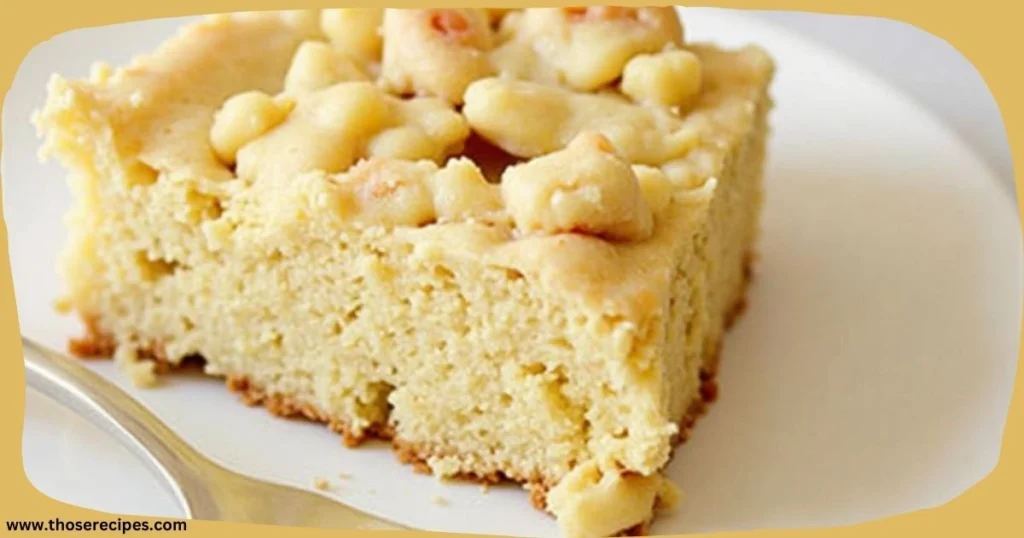
Step-by-Step Guide to Making kefir sheet cake recipe
Baking a kefir sheet cake is as rewarding as it is straightforward. With simple ingredients and easy-to-follow steps, you’ll have a deliciously moist and fluffy cake in no time. Here’s a comprehensive guide to ensure your baking success.
Preparation
Before diving into the mixing process, it’s essential to set the stage for a smooth baking experience. Proper preparation ensures your cake turns out perfectly every time.
“Before you begin, ensure you have all your ingredients ready. For a quick reference, check out our kefir sheet cake recipe Card for precise measurements and a printable format.”
- Preheat Your Oven
Start by preheating your oven to 350°F (175°C). A fully preheated oven is critical for even baking and achieving a golden crust. - Prepare the Pan
Grease a rectangular sheet pan or line it with parchment paper. This prevents sticking and makes it easy to remove the cake once baked. - Measure Ingredients
Gather all your ingredients and measure them accurately. Baking is a science, and precision ensures your cake has the right consistency. - Room-Temperature Ingredients
Use room-temperature eggs, butter, and kefir for a smoother batter. This helps the ingredients mix evenly and prevents curdling.
Mixing the Batter
Now that everything is ready, it’s time to bring the ingredients together. Follow these steps to create a silky-smooth batter:
- Cream Butter and Sugar
In a mixing bowl, beat the softened butter and sugar until light and fluffy. This step incorporates air, which helps the cake rise. - Add Eggs
Add eggs one at a time, mixing well after each addition. This ensures the batter remains smooth and emulsified. - Incorporate Kefir
Slowly pour in the kefir while mixing. Its acidity will start activating the baking soda, setting the stage for a tender texture. - Sift and Fold Dry Ingredients
Sift the flour, baking powder, baking soda, and salt into the wet mixture. Gently fold the dry ingredients to avoid overmixing, which can lead to a dense cake. - Add Vanilla Extract
Stir in the vanilla extract for a touch of warmth and depth.
Baking the Cake
With your batter ready, it’s time to bake your masterpiece:
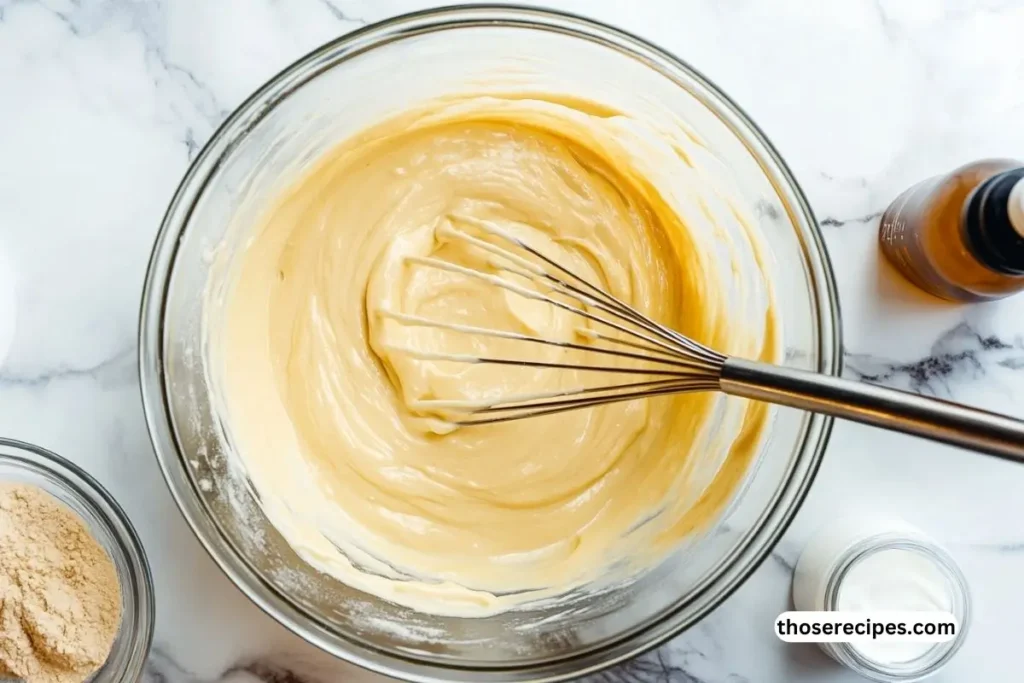
- Pour and Spread
Evenly pour the batter into the prepared sheet pan. Use a spatula to spread it smoothly, ensuring an even bake. - Bake to Perfection
Place the pan in the preheated oven and bake for 25–30 minutes. The cake is ready when a toothpick inserted in the center comes out clean. - Cool Completely
Remove the cake from the oven and let it cool in the pan for 10 minutes. Transfer it to a wire rack to cool completely before decorating.
By following these steps, you’ll have a beautifully baked kefir sheet cake ready to enjoy. The process is simple enough for beginners yet yields professional-quality results that will impress anyone who takes a bite!
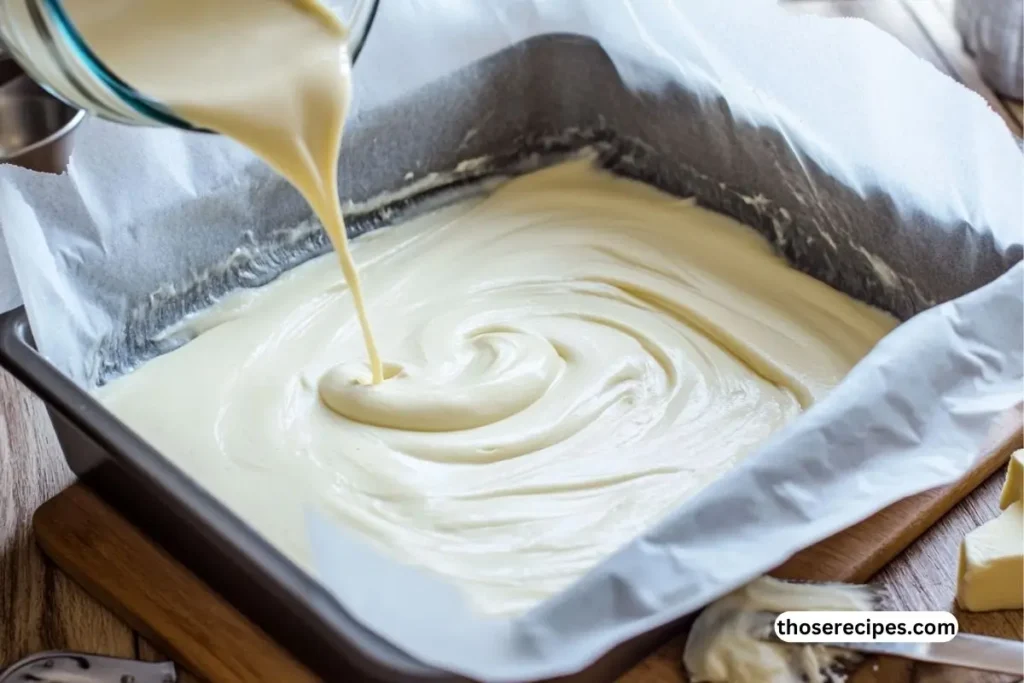
What Is Kefir and Why Use It in Baking?
If you’re wondering what makes kefir such a game-changer in baking, you’re not alone. This tangy, probiotic-rich ingredient has long been celebrated in culinary traditions worldwide, and it’s now gaining traction in modern kitchens. Let’s dive into what kefir is and why it deserves a spot in your next baking project.
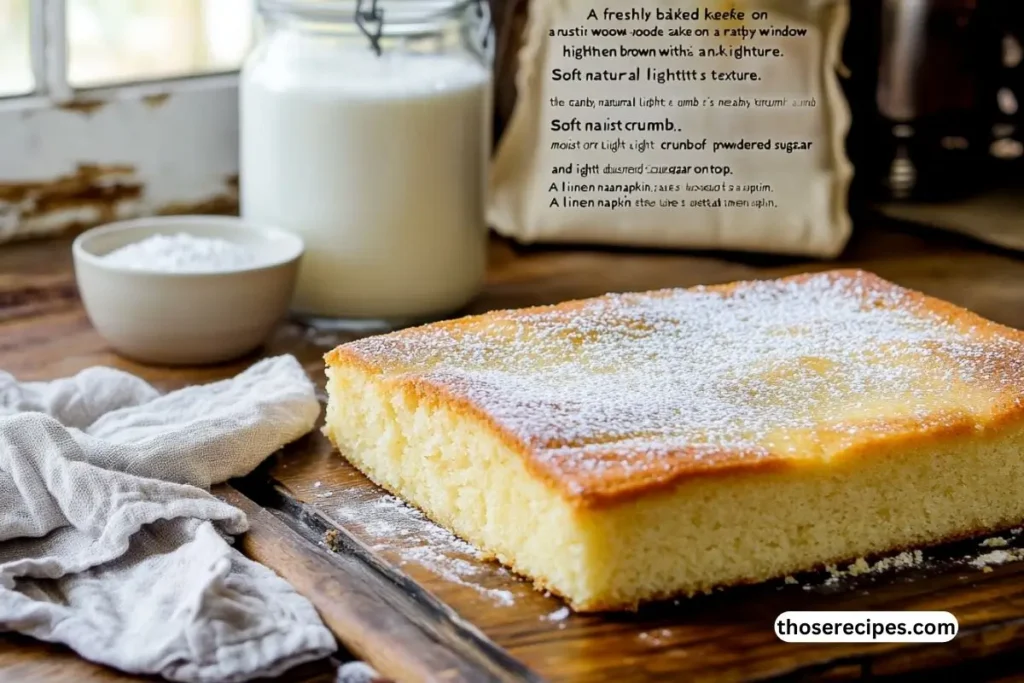
“Kefir, a fermented dairy product with roots in Eastern Europe and Western Asia, is rich in probiotics and nutrients that support overall health. Learn more about kefir’s history and production on Wikipedia.”
What Is Kefir?
Kefir is a fermented dairy product that originates from the mountainous regions of Eastern Europe and Western Asia. Traditionally made by fermenting cow’s or goat’s milk with kefir grains—a symbiotic culture of bacteria and yeast—it boasts a slightly tart flavor and a creamy consistency. Over the years, kefir has earned a reputation as a nutritional powerhouse, packed with probiotics, vitamins, and minerals that support overall health.
What makes kefir stand out is its unique balance of tanginess and richness. It’s comparable to yogurt but thinner in texture and more versatile in its applications. Today, you’ll find both traditional dairy-based kefir and plant-based versions made from coconut, almond, or oat milk, making it accessible to those with dietary restrictions.
Why Use Kefir in Baking?
Baking with kefir is like unlocking a secret ingredient that elevates your recipes from ordinary to extraordinary. Here’s why:
- Enhanced Texture
Kefir’s natural acidity interacts with leavening agents like baking soda to produce carbon dioxide, resulting in a light and fluffy texture. It also lends a moist crumb that makes cakes irresistibly tender. - Flavor Boost
The subtle tang of kefir adds depth to baked goods without overpowering their sweetness. It’s the perfect counterbalance to sugar, creating a harmonious flavor profile. - Nutritional Benefits
Incorporating kefir into your recipes doesn’t just improve taste and texture; it also adds a dose of probiotics, calcium, and B vitamins. It’s a dessert you can feel good about indulging in. - Adaptability
Kefir works as a one-to-one substitute for buttermilk, yogurt, or even sour cream in recipes, making it an incredibly versatile ingredient.
The Science Behind Kefir’s Magic in Baking
When added to your cake batter, kefir plays a dual role: tenderizing the gluten in the flour and activating leavening agents. This ensures that your cake rises evenly while maintaining a delicate, melt-in-your-mouth texture. The result is a dessert that feels professional yet effortless.
By using kefir, you’re not just baking a cake—you’re creating a sensory experience that’s as nutritious as it is indulgent. It’s time to embrace this ingredient and see how it transforms your baking for the better!
Decoration Ideas for Your Kefir Sheet Cake
Once your kefir sheet cake has baked to perfection and cooled completely, it’s time to add the finishing touches. Whether you prefer a minimalist style or a more elaborate presentation, decorating your cake is where creativity comes to life. Here are a few ideas to inspire your inner baker.
Simple Glaze
For a fuss-free yet elegant finish, a simple glaze is the way to go. This option is perfect if you want to keep the focus on the cake’s natural flavors.
- How to Make It:
Combine powdered sugar, a few tablespoons of kefir, and a splash of vanilla extract. Whisk until smooth, then drizzle it over the cake. - Pro Tip:
Add a teaspoon of lemon juice to the glaze for a tangy kick that complements the kefir.
Frosting Options
For those who love a creamier topping, frosting takes your cake to the next level. Here are a couple of crowd-pleasing options:
- Cream Cheese Frosting
- Blend cream cheese, powdered sugar, and a hint of vanilla for a rich, tangy frosting.
- Spread it evenly over the cake or pipe decorative patterns for a polished look.
- Buttercream Frosting
- Beat butter, powdered sugar, and a splash of milk until fluffy. Add a few drops of food coloring for a vibrant twist.
- Whipped Cream Topping
- Lighten things up with freshly whipped cream. It’s airy, simple, and pairs beautifully with fresh fruit.
Garnishes
Add a final flourish with toppings that bring texture, color, and flavor:
- Powdered Sugar: A classic and effortless option for a vintage look.
- Fresh Berries: Brighten your cake with raspberries, blueberries, or sliced strawberries.
- Zest or Shavings: Use citrus zest or chocolate shavings for a gourmet touch.
- Edible Flowers: Add a touch of elegance with edible flowers like pansies or violets.
With these decoration ideas, your kefir sheet cake will not only taste amazing but also look like a masterpiece ready to impress any crowd. Whether simple or extravagant, the choice is yours to create something uniquely yours!
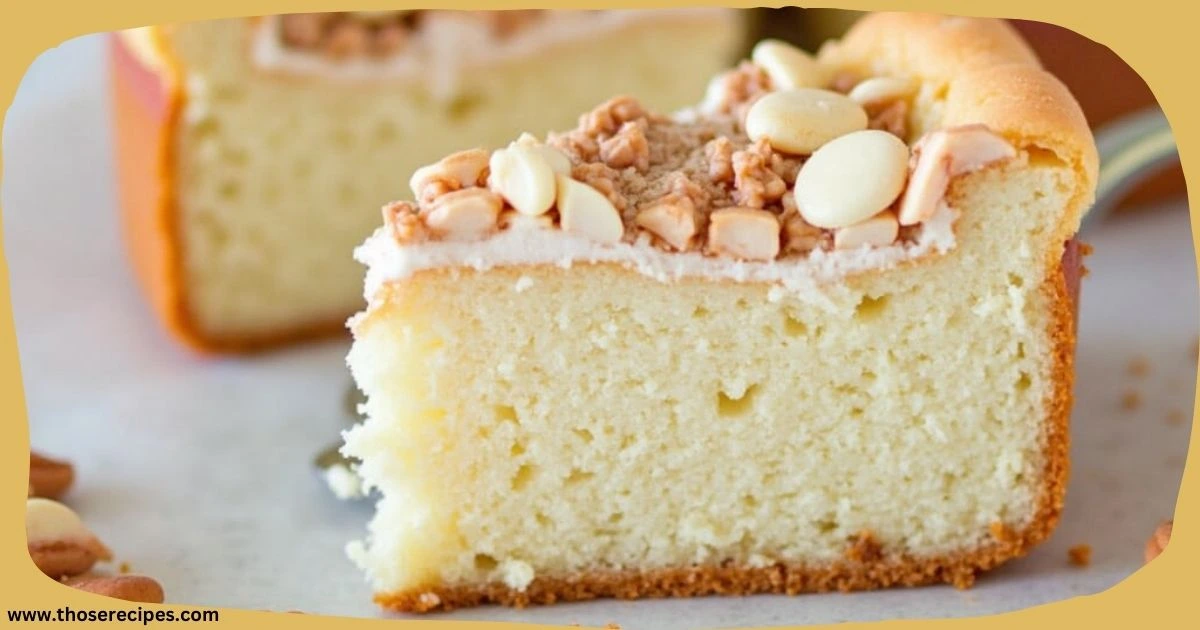
Kefir Sheet Cake Recipe: A Delightful Twist on Homemade Baking
Equipment
- Mixing Bowl For combining ingredients
- Whisk or electric mixer For mixing the batter
- Measuring cups and spoons For accurate ingredient measurements
- Sifter To aerate and combine dry ingredients
- Baking sheet pan (rectangular) For baking the cake
- Parchment Paper To prevent sticking (optional)
- Spatula For spreading the batter evenly
- Cooling Rack To cool the cake after baking
Ingredients
- 2 cups all-purpose flour Provides structure
- 1 cup granulated sugar Adds sweetness
- 3 large eggs Binds ingredients together
- ½ cup butter softened Adds richness and moisture
- 1 cup kefir Enhances moisture & texture
- 1 tsp baking powder Helps the cake rise evenly
- ½ tsp baking soda Works with kefir to create lift
- 1 tsp vanilla extract Adds depth of flavor
- ¼ tsp salt Balances sweetness
- ½ cup chocolate chips For extra indulgence
- 1 tbsp lemon/orange zest Adds a citrus twist
- ¼ cup chopped walnuts/almonds Adds texture
Instructions
- Preheat the Oven – Preheat your oven to 350°F (175°C). Grease a rectangular sheet pan or line it with parchment paper.
- Prepare the Dry Ingredients – In a bowl, sift together flour, baking powder, baking soda, and salt to ensure even distribution.
- Mix Butter and Sugar – In a large mixing bowl, beat softened butter and sugar until light and fluffy.
- Add Eggs – Add eggs one at a time, mixing well after each addition to create a smooth batter.
- Incorporate Kefir – Slowly pour in the kefir while mixing. This helps create a tender texture.
- Combine Dry and Wet Ingredients – Gradually add the dry ingredients to the wet mixture. Gently fold the batter until just combined. Avoid overmixing.
- Add Vanilla Extract – Stir in the vanilla extract for added flavor. Optionally, fold in chocolate chips, citrus zest, or nuts.
- Pour the Batter – Evenly pour the batter into the prepared baking pan and smooth the top with a spatula.
- Bake the Cake – Place the pan in the preheated oven and bake for 25–30 minutes, or until a toothpick inserted in the center comes out clean.
- Cool the Cake – Let the cake cool in the pan for 10 minutes, then transfer it to a wire rack to cool completely.
- Decorate and Serve – Dust with powdered sugar, drizzle with a simple glaze, or spread frosting as desired. Enjoy your homemade kefir sheet cake!
Notes
Recipe Notes:
- Use Fresh Kefir – Ensure your kefir is fresh for the best flavor and texture.
- Room-Temperature Ingredients – Let the eggs, butter, and kefir reach room temperature before mixing to prevent curdling.
- Don’t Overmix – Overmixing the batter can make the cake dense instead of light and fluffy.
- Baking Time May Vary – Oven temperatures can differ, so check for doneness by inserting a toothpick in the center. It should come out clean.
- Storage Tips:
- Store at room temperature in an airtight container for up to 3 days.
- Refrigerate for longer freshness and bring to room temperature before serving.
- Freeze individual slices for up to 3 months; thaw before enjoying.
- Flavor Variations:
- Add citrus zest for a fresh twist.
- Mix in chocolate chips or nuts for extra texture.
- Top with cream cheese frosting, glaze, or powdered sugar for added sweetness.
Why This Kefir Sheet Cake recipe Stands Out
In the world of baking, not all cakes are created equal, and the kefir sheet cake truly stands out as a masterpiece of flavor, texture, and simplicity. What makes this cake exceptional isn’t just its unique ingredients but also the delightful experience it offers to anyone who bakes and enjoys it. Here’s why this recipe deserves a spot in your repertoire.
Unique Flavor Profile
Thanks to the addition of kefir, this cake achieves a subtle tanginess that sets it apart from traditional sheet cakes. The balance of sweetness and the tangy undertones create a flavor that’s both unique and universally appealing. This harmonious blend of flavors is perfect for those who appreciate a dessert that’s not overly sweet but still deeply satisfying.
Perfect Texture
Kefir’s natural acidity works wonders in the baking process, breaking down gluten for an incredibly tender crumb. The result is a cake that’s moist, fluffy, and light, yet sturdy enough to hold up to glazes, frostings, or other toppings without becoming soggy or dense.
Versatility for Any Occasion
Whether you’re hosting a casual family dinner, contributing to a potluck, or celebrating a special occasion, the kefir sheet cake recipe adapts to any event. You can keep it simple for a homely feel or dress it up with elaborate decorations to impress guests.
Healthier Indulgence
Unlike overly rich cakes laden with heavy creams, this recipe offers a lighter option that still feels indulgent. The probiotics in kefir add a nutritional boost, making this cake a dessert you can feel good about serving and eating.
With its distinct flavor, unparalleled texture, and versatility, the kefir sheet cake is more than just a recipe—it’s a celebration of baking at its best. Try it once, and it’s bound to become a favorite in your household.
Tips for Success
Making the perfect kefir sheet cake is not only about following a recipe but also about applying some essential tips and tricks to elevate your baking. These insights will help you achieve the best texture, flavor, and presentation every time you bake.
Pro Tips for Perfect Results
- Use Fresh Kefir
Always ensure your kefir is fresh and properly fermented. Older kefir might alter the cake’s flavor or texture, so check the expiration date. - Room-Temperature Ingredients
Allow eggs, butter, and kefir to reach room temperature before mixing. This ensures a smooth batter and prevents curdling. - Accurate Measurements
Baking is a science, so use measuring cups and spoons to get precise amounts. Too much flour or too little kefir can affect the cake’s moisture and texture. - Avoid Overmixing
When combining wet and dry ingredients, gently fold them together until just incorporated. Overmixing can overdevelop the gluten, resulting in a dense cake. - Preheat Your Oven
A fully preheated oven is critical for even baking. An unheated oven can cause uneven rising, leading to a cake that’s dense or underbaked in the center.
Storage and Freezing
If you’re not planning to serve the entire cake at once, proper storage is key to maintaining its freshness and flavor.
- Storing at Room Temperature
Keep the cake in an airtight container for up to 3 days. This prevents it from drying out and preserves its softness. - Refrigeration
For longer storage, especially if the cake is frosted, place it in the refrigerator. Let it come to room temperature before serving to enjoy its full flavor. - Freezing for Future Enjoyment
Slice the cake into individual portions and wrap each piece in plastic wrap. Place the wrapped pieces in a freezer-safe container and freeze for up to 3 months. To thaw, leave a portion in the fridge overnight or at room temperature for a few hours.
By following these tips, you can consistently bake a kefir sheet cake that is moist, flavorful, and perfectly baked every time. These small adjustments make a big difference, ensuring your cake is a hit no matter the occasion.
Ingredients Table of Kefir Sheet Cake recipe
To make this delightful kefir sheet cake, you’ll need simple, everyday ingredients that are likely already in your pantry. The combination of these staples creates a moist, flavorful cake with minimal effort. Below is a detailed table of the ingredients you’ll need for this recipe:
| Ingredient | Quantity | Purpose |
| All-purpose flour | 2 cups | Provides structure and stability. |
| Sugar | 1 cup | Adds sweetness and texture. |
| Eggs | 3 large | Binds the ingredients together. |
| Butter (softened) | 1/2 cup | Adds richness and moisture. |
| Kefir | 1 cup | Enhances moisture and flavor. |
| Baking powder | 1 tsp | Helps the cake rise evenly. |
| Baking soda | 1/2 tsp | Works with kefir to create lift. |
| Vanilla extract | 1 tsp | Adds depth and warmth to the flavor. |
| Salt | 1/4 tsp | Balances sweetness and enhances taste. |
This straightforward list ensures you have everything you need to bake a perfect kefir sheet cake.
FAQs About Kefir Sheet Cake Recipe
What Does Kefir Do in Baking?
Kefir is a secret weapon in baking, transforming the texture and flavor of your baked goods in several ways:
Enhances Moisture: Its high liquid content ensures your cake stays soft and tender, even days after baking.
Improves Texture: The natural acidity of kefir reacts with baking soda, creating air bubbles that result in a light, fluffy crumb.
Adds Flavor Depth: Kefir’s subtle tang complements sweet flavors, balancing the richness and preventing cakes from being overly sweet.
Acts as a Tenderizer: Kefir breaks down gluten strands, ensuring your baked goods remain delicate and not dense.
Can I Use Kefir Instead of Yogurt in Cake?
Yes, kefir is an excellent substitute for yogurt in cake recipes. Both are fermented dairy products with a tangy flavor, but kefir is slightly thinner. When substituting:
Use kefir in the same quantity as yogurt.
If your recipe requires a thicker batter, you can strain the kefir through cheesecloth to mimic the consistency of yogurt.
This swap works seamlessly, maintaining the desired flavor and texture of the cake.
Can I Use Kefir Instead of Buttermilk in Cake?
Absolutely! Kefir and buttermilk are interchangeable in most baking recipes due to their similar acidity levels. When using kefir in place of buttermilk:
Replace buttermilk with an equal amount of kefir (1:1 ratio).
The tangy flavor of kefir closely resembles buttermilk, ensuring the cake’s taste remains unaffected.
This substitution is especially useful if you don’t have buttermilk on hand but have a bottle of kefir in the fridge.
Can You Bake With Kefir Instead of Milk?
Yes, kefir is a fantastic alternative to milk in baking. It adds an extra layer of flavor and richness that milk cannot provide. When substituting:
Replace milk with kefir in a 1:1 ratio.
Adjust the baking soda or baking powder slightly if the recipe already relies on an acidic ingredient, as kefir’s acidity may amplify the leavening effect.
Using kefir instead of milk not only enhances the flavor but also provides additional nutrients like probiotics and calcium.
Conclusion: The Magic of Kefir Sheet Cake
A Cake for Every Occasion
The kefir sheet cake is as versatile as it is delicious. Whether you’re preparing a casual family treat, contributing to a potluck, or celebrating a milestone, this cake adapts effortlessly. It’s simple preparation and easy-to-find ingredients make it approachable for bakers of all skill levels.
- Keep it basic with a dusting of powdered sugar for a rustic charm.
- Elevate it with glaze, frosting, or fresh garnishes for a show-stopping centerpiece.
Why Kefir Makes the Difference
Kefir’s transformative power in baking is unmatched. Its natural acidity creates a light, fluffy crumb, while its tangy undertones balance sweetness beautifully. The probiotics and nutrients in kefir also add a wholesome touch, making this cake a healthier indulgence you can feel good about serving.


6 thoughts on “Kefir Sheet Cake Recipe: A Delightful Twist on Homemade Baking”